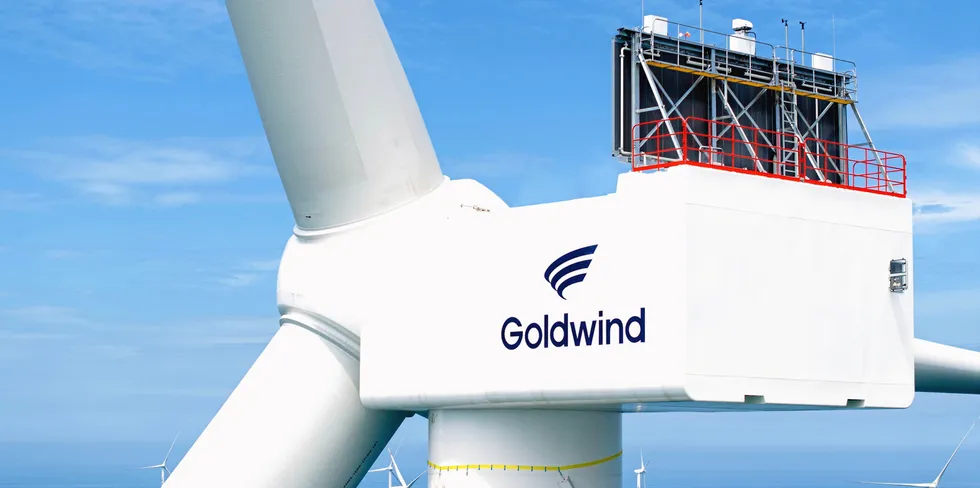Why geopolitics will set the limits of China's global wind power march
ANALYSIS | Heavyweights such as Goldwind, Envision and Mingyang are making significant inroads abroad, but their success will be determined by more than quality or price, writes Gareth Chetwynd
